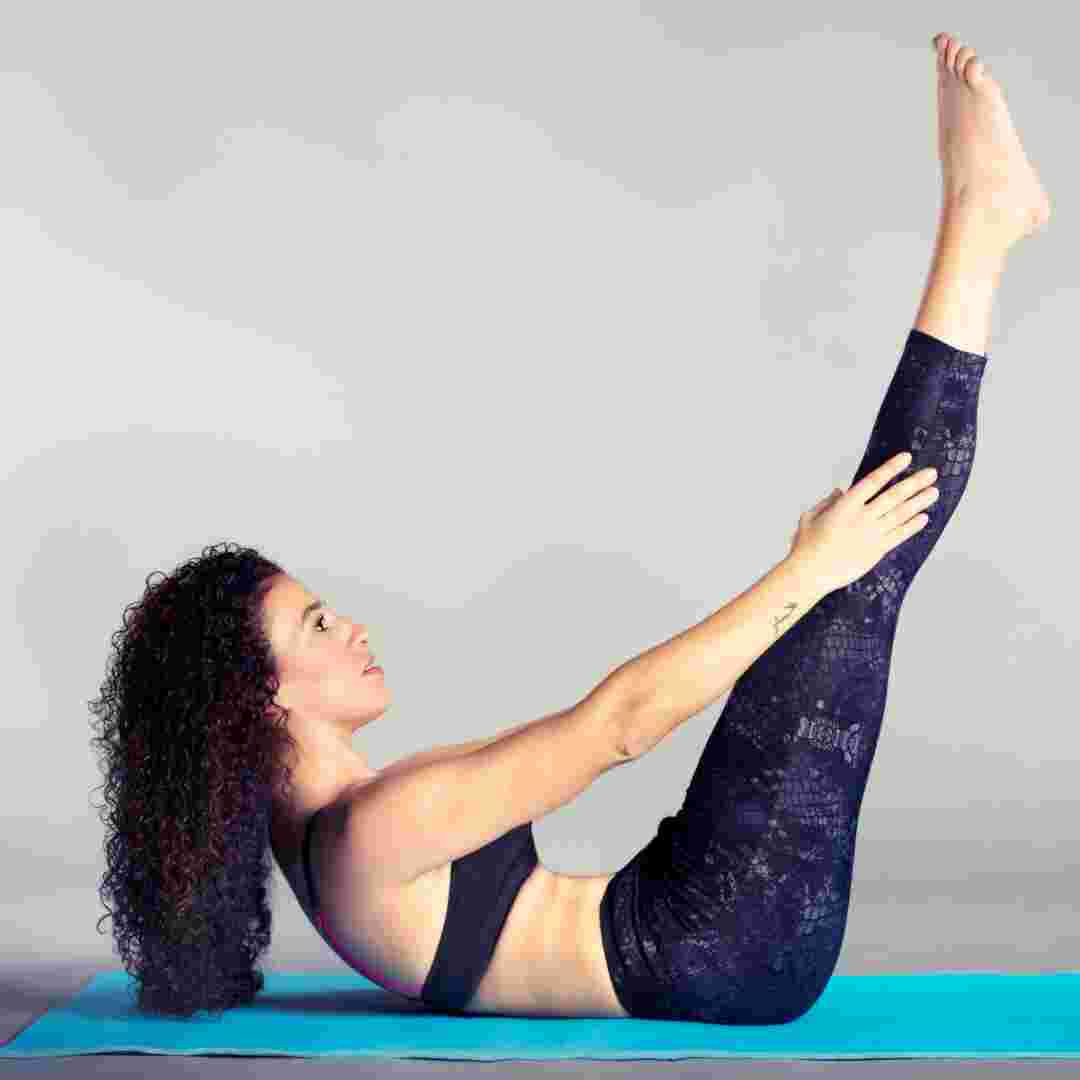Table of Contents
Introduction
Pilates Alignment: Vital
Pilates Breathing Fundamentals
Modifying Pilates for Different Skill Levels
Q&A
Conclusion
"Empower your clients to strengthen their mind and body through Pilates."
Introduction
To teach Pilates, you must comprehend its concepts and procedures. Anatomy, alignment, and breathing are included. You must also be certified by a respected Pilates organisation like the Pilates Method Alliance and have expertise working with individuals of various fitness levels and abilities. Effectively guiding and motivating clients requires good communication and interpersonal skills.
Pilates Alignment: Vital
Pilates is becoming trendy. This low-impact workout strengthens core muscles, improves flexibility, and raises body awareness. Teaching Pilates requires some knowledge.
Pilates alignment is crucial. Proper alignment maximises exercise benefits and prevents injury. Pilates alignment means body placement during each activity. The spine, pelvis, shoulders, and hips are aligned.
Pilates requires appropriate spine alignment since the spine supports the body. Neutral spines are neither arched nor rounded. With the hips level and the tailbone pointing down, the pelvis should be neutral.
Pilates emphasises shoulder alignment. Shoulders should be relaxed and down, away from ears. Arms should assist workout motion.
Pilates also requires hip alignment. Legs should support the workout and hips should be stable. Toes should point forward and weight should be evenly distributed between the balls and heels.
Alignment has several benefits. First, it protects. Aligned muscles operate better, reducing tension and damage. Second, alignment maximises exercise benefits. Muscles perform better in the right position, improving results.
Pilates instructors must recognise and fix client alignment concerns. This involves knowledge of anatomy, biomechanics, and movement analysis. Communicating with clients about correct alignment and how to attain it is crucial.
Teaching Pilates requires more than just perfect alignment. These include knowing Pilates concepts, equipment, and how to construct safe and effective workouts.
Pilates emphasises concentration, control, centering, precision, breath, and flow. Every Pilates workout should follow these guidelines. Understanding Pilates can help you design safe, effective, and client-specific workouts.
Pilates uses the reformer, Cadillac, and chair. Each piece of equipment has unique benefits and can target certain body parts. Pilates instructors must know how to use each piece of equipment.
Knowledge, creativity, and experience are needed to design safe, successful workouts. As a Pilates instructor, you'll need to assess your clients' needs and adjust workouts to their objectives and abilities. Injuries or limits may need you to adapt exercises.
Finally, teaching Pilates requires knowledge of various topics. Proper alignment maximises exercise benefits and prevents injury. In addition to good alignment, you must grasp Pilates concepts, know the equipment, and be able to construct safe and effective workout programmes. You may become a good Pilates instructor with training and experience.
Pilates Breathing Fundamentals
Pilates has become popular due to its many benefits. This low-impact workout strengthens core muscles, improves flexibility, and raises body awareness. Breathing strategies are essential to teaching Pilates.
Pilates begins with breathing. Proper breathing improves oxygen flow, which is essential for muscular function and wellness. To maximise training efficacy, Pilates coordinates breathing with movement.
Pilates breathing begins with lateral breathing. Lateral breathing uses the sides of the ribcage instead of the front or rear. This breathing engages deep core muscles for stability and support. Inhale deeply via the nose to practise lateral breathing. Exhaling through the lips contracts the ribcage.
Pilates also emphasises diaphragmatic breathing. The dome-shaped diaphragm separates the chest and abdomen. It contracts and flattens when you inhale, expanding the lungs. Pilates uses the diaphragm to breathe deeply and activate the core. Inhaling deeply via the nose and expanding the abdomen is diaphragmatic breathing. Exhaling through the mouth contracts the belly.
Pilates uses lateral, diaphragmatic, and pelvic floor breathing. Pelvic floor muscles stabilise the core and support the pelvic organs. Pilates uses pelvic floor muscles to stabilise movement. Inhale deeply via the nose to practise pelvic floor breathing. Exhale and elevate the pelvic floor muscles.
Pilates breathing involves using the breath to improve exercise performance. Coordinating breath with movement creates flow and rhythm, improving performance. Breathing starts movement, stabilises, and stretches in Pilates.
Pilates instructors must grasp breathing techniques and how they relate to movements. You must teach clients how to breathe and why it's important. You can improve client results and experience by teaching effective breathing practises.
Pilates' physical and emotional advantages depend on breathing. Teaching Pilates requires understanding lateral, diaphragmatic, and pelvic floor breathing. You can improve client results and experience by teaching effective breathing practises.
Modifying Pilates for Different Skill Levels
Pilates improves core strength, flexibility, and body awareness. Pilates instructors must comprehend its ideas and techniques. However, knowing how to modify and progress for different skill levels is as crucial.
Modifications make activities easier for people with physical limitations or injuries. Progression activities challenge those who have mastered the basics. Pilates adjustments and progressions can help you reach more clients and keep them engaged.
Assessing customers' skills and capacities is essential when teaching Pilates. This will guide your class adjustments and progressions. Beginners should start with good alignment and breathing. Blocks and straps can aid people with balance and flexibility.
You can add harder exercises as they improve. Resistance bands or weights can improve training intensity and test muscles. Before adding progressions, customers must do the exercises correctly. Incorrect form can hurt and slow progress.
Modifications and progressions can also aid injured or disabled customers. Using a small ball or cushion to support the lower back during exercise may help lower back pain sufferers. Standing exercises with a chair or block may help knee-injured clients.
Communicate with customers and learn their physical limitations and goals. This will let you customise sessions and maximise their practise. Encouraging customers to report any discomfort or pain during exercises can also help you prevent injuries.
Modifications and progressions can keep classes interesting and challenging for clients. New exercises and variations help keep clients interested and motivated. Remember that clients progress at different rates and may need more changes. Clients of all skill levels need patience and help.
In conclusion, adding adaptations and progressions to your Pilates courses might attract more students and keep them engaged. Modifications and progressions require assessment, communication, and form. Doing so can assist customers reach their goals and improve their physical health.

Q&A
1. What certifications are needed to teach Pilates?
A professional Pilates teacher training programme is required to teach Pilates. A Pilates certification body may be required.
2. What equipment is needed to teach Pilates?
Pilates instructors need mats, resistance bands, balls, and reformers. Depending on your classes, you may require Pilates chairs and barrels.
3. What are the Pilates teaching skills?
– Successful Pilates instructors have strong communication skills, can motivate and inspire customers, and grasp the Pilates system and its concepts. You should also know anatomy and physiology and have expertise training customers of all fitness levels.
Conclusion
To teach Pilates, you must comprehend its concepts and procedures. You need also be certified as a Pilates teacher. To teach Pilates, you need good communication and people skills.


